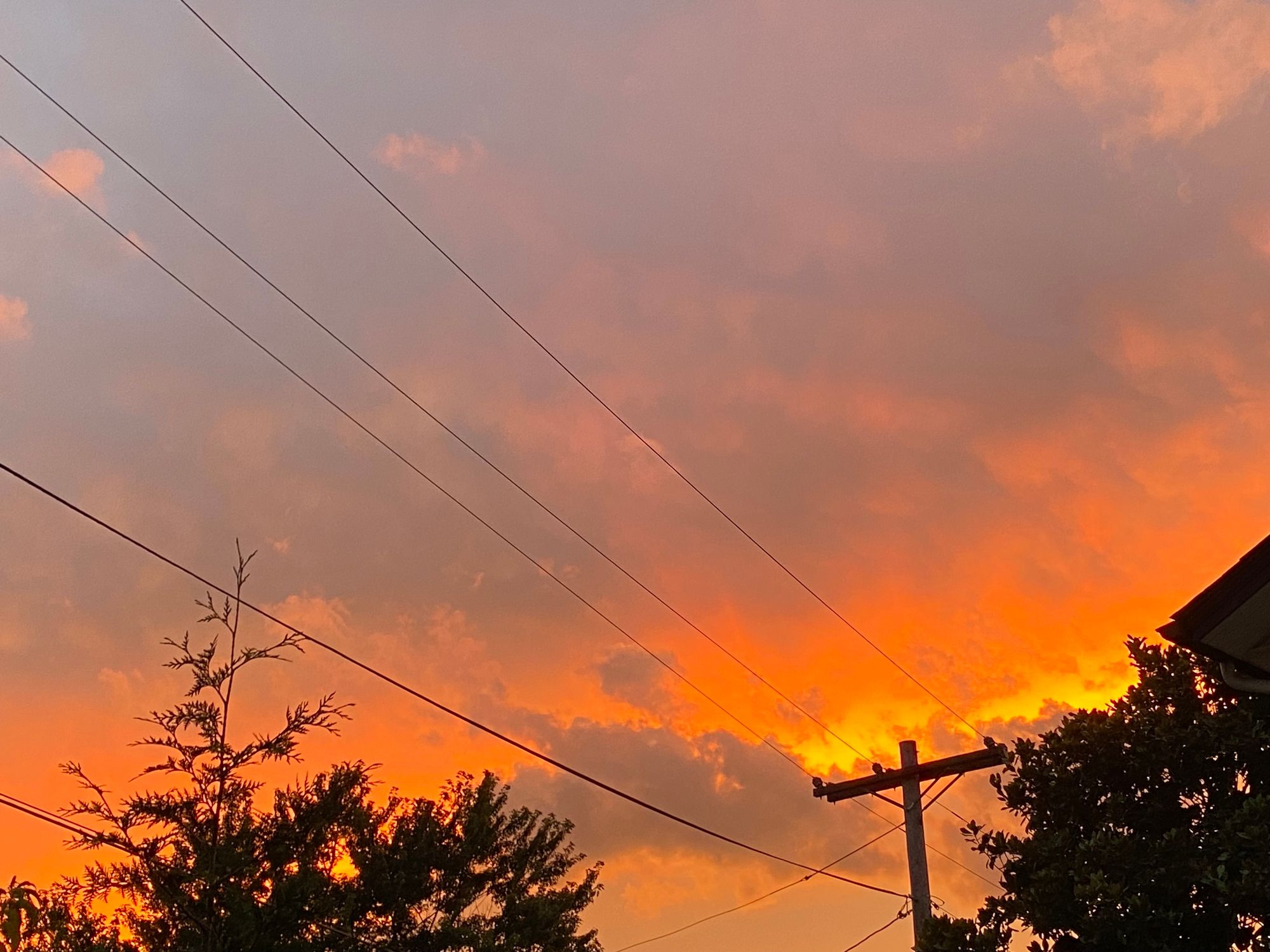Roanoke Council Moves To Fold Climate Change Action Into City's Master Plan
City Council disagreed whether to adopt the plan sooner as a standalone or to formally incorporate it later into the city’s master plan.

In the heat of summer, Roanoke children sleep with frozen water bottles, fight with siblings over electric fans and notice their asthma worsen.
Theo Lim, an assistant professor of urban affairs and planning at Virginia Tech, described those anecdotes to City Council Monday as part of his work through Roanoke City Public Schools on how residents are coping with rising urban heat.
During a summer school program, one child refused to participate in a temperature measurement exercise, throwing her clipboard to the ground and demanding to be picked up from the class. A few days later, Lim said, the child confided to him that the family’s dog had died of heat exhaustion in their home.
“In fact, her ‘acting out’ behavior at school was a classic sign of trauma,” Lim said. “This kind of trauma in our most vulnerable communities will only be exacerbated as temperatures rise.”
He added, “There are things we can do to prevent the death and suffering that will accompany higher temperatures in Roanoke.”
Those include recommendations found in Roanoke’s latest Climate Action Plan, Lim said, which calls on the community to slash greenhouse gas emissions by half over the next decade. Outlined Monday by sustainability coordinator Leigh Anne Weitzenfeld, Roanoke’s latest climate plan is nearly four years behind schedule because of the pandemic and staff turnover.
While Council members uniformly praised the need for swift action on climate change, fissures emerged over whether to adopt the plan sooner as a standalone or to formally incorporate it later into the city’s master plan.
Environmental advocates urged Council to fold the climate plan into Roanoke’s comprehensive plan, which guides development over the next decade. City officials, however, called that an unnecessary step.
“Adopting the Climate Action Plan as an amendment to the city’s comprehensive plan will enable climate adaptation to be considered in development decisions, infrastructure plans, and the city’s budgeting process,” Lim said. “Making this connection will also strengthen the City of Roanoke’s ability to take advantage of millions of dollars of federal money being invested in climate resilient infrastructures and programs.”
Chris Chittum, who leads the city’s planning department overseeing the sustainability office, said the Climate Action Plan doesn’t deal with land use issues.
“Not being in the comprehensive plan does not in any way diminish the power of the plan,” Chittum said, noting that the master plan affects people’s land rights. “This plan is not going to do that.”
But Council voted 4-3 to proceed with adopting the climate plan as an amendment to the comprehensive plan. Mayor Sherman Lea, Vice Mayor Joe Cobb and Councilman Peter Volosin voted in the minority.
Cobb and Volosin said they preferred to adopt the Climate Action Plan sooner. Cobb expressed confidence that the city would carry out the plan’s recommendations regardless.
“This is not affecting land use at all,” Volosin said.
City Manager Bob Cowell said the amendment to the comprehensive plan will likely come before Council in late September. It will first need to go before the city’s Planning Commission.
It was not immediately clear if formally adding the Climate Action Plan to the city’s comprehensive plan means anything for property owners or developers of new projects. Chittum did not respond to a text message Tuesday.
Adding the Climate Action Plan to the comprehensive plan could help a locality with securing relevant funding, according to Cecile Newcomb, a Roanoke-based planner and former Blacksburg Town Council member.
“It kind of gives it legitimacy and it shows that the citizens support it and that it’s part of the city’s vision,” Newcomb said. “If they’re taking the Climate Action Plan seriously, it should be a part of the comp plan, in my opinion, and I don’t see how you can divorce that from land use. Land use is connected to just about everything, and so is climate.”
Concerns over the environment and climate crisis have been at the center of recent activism against proposed and hypothetical developments — such as townhomes along Brandon Avenue or the Evans Spring woodlands across from Valley View Mall.
Lim urged Council members to pass specific resolutions to protect residents from the dangers of increasing urban heat. In particular, he said Council should pledge “to preserve existing natural land and ecosystem function that provides benefits to overburdened and climate-vulnerable communities, such as within the Evans Spring area.”
Lim also suggested the city make Valley Metro buses free during heat waves and create a full-time staff position to lead climate resilience efforts and secure federal funding.
Weitzenfeld acknowledged she could use more help.
“We may need to think about adding some sustainability staff,” she told Council. “Right now, I am an office of one.”
Volosin described the 103-page climate plan as “a great plan, but it’s almost one of those things where it’s so overwhelming because we’re so far behind.” He asked Weitzenfeld where the city should begin.
She outlined several goals for next year: Hiring grant writers to take advantage of federal climate money; working with Appalachian Power to convert streetlights to LEDs; purchasing electric vehicles; and creating a cross-departmental working group on climate, among others.
Councilwoman Trish White-Boyd asked Weitzenfeld how many staff she needs “to fully staff this office in order for us to get what we need here, in Roanoke City, to make a difference?”
“That will be discussed,” City Manager Bob Cowell said to Council laughter.
In the coming months, Council members will gather to set funding priorities for next year’s budget.
“We're going to be coming up on our retreat, and this is where the real rubber meets the road,” Volosin said.
In his remarks to Council, Lim highlighted the work that The Hope Center on 11th Street Northwest has been doing for “climate adaptation.” He mentioned that Darlene Lewis, who runs the community center, has seen an increase in people seeking water, shade and shelter.
Lewis has spent hundreds of dollars a month on electricity and bottles of water that she’s handed out to people walking or biking there for hydration. Lim said Roanoke needs to do better.
“The update to the Climate Action Plan is a good first step,” Lim told Council members. “The next step for you to consider is how to give this plan ‘teeth’ that enable it to implement the real change that is needed to do right by the most vulnerable in Roanoke.”

